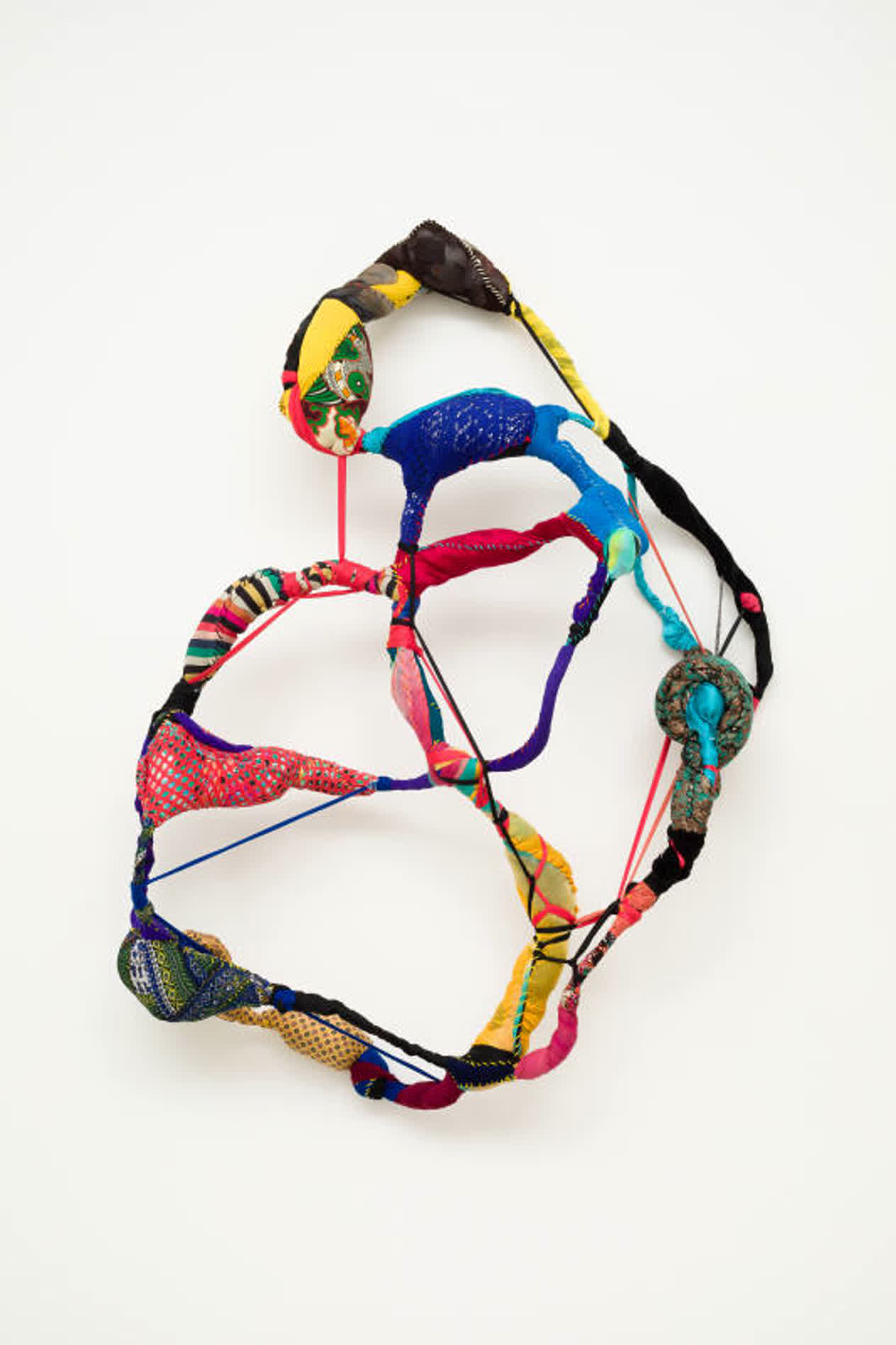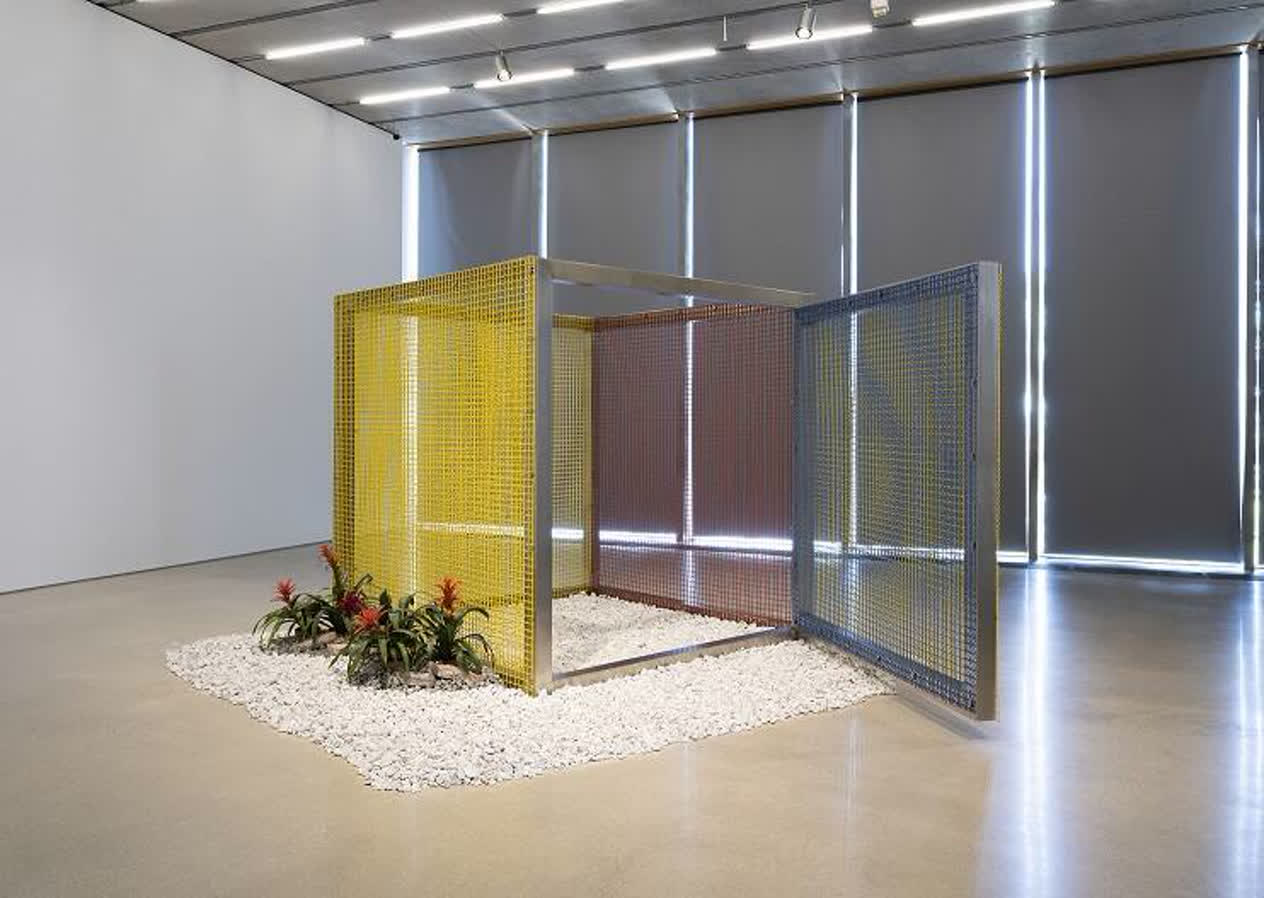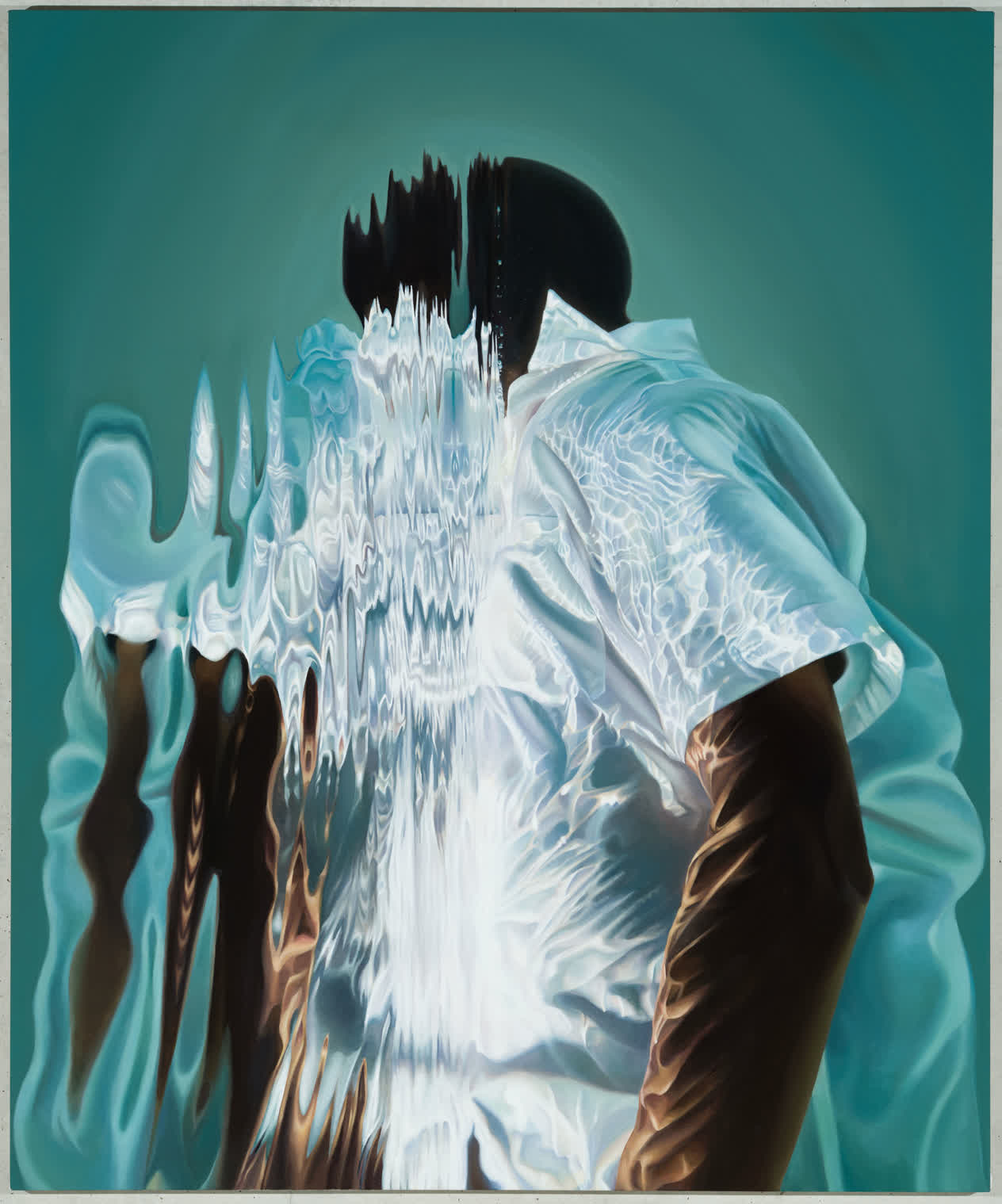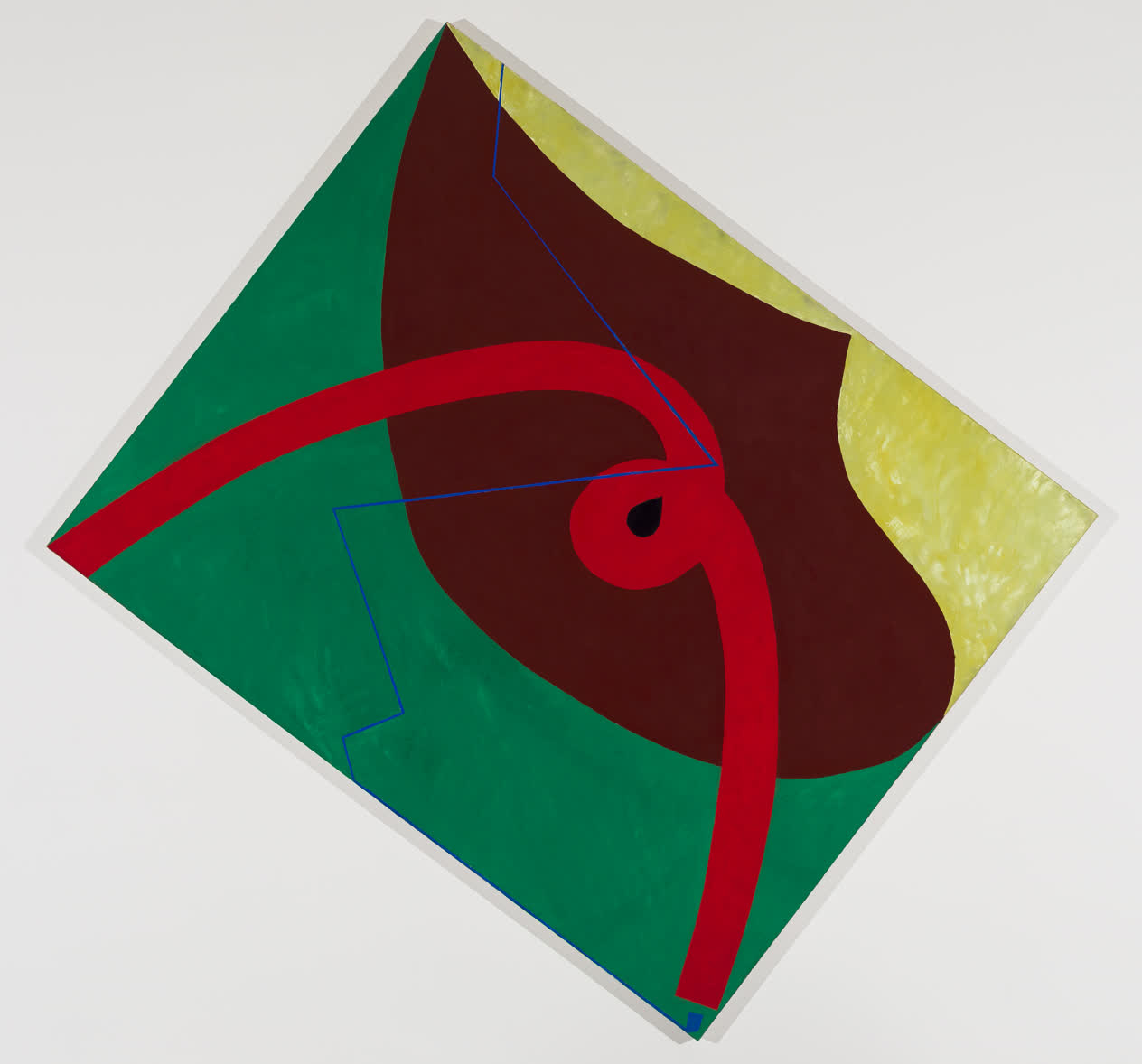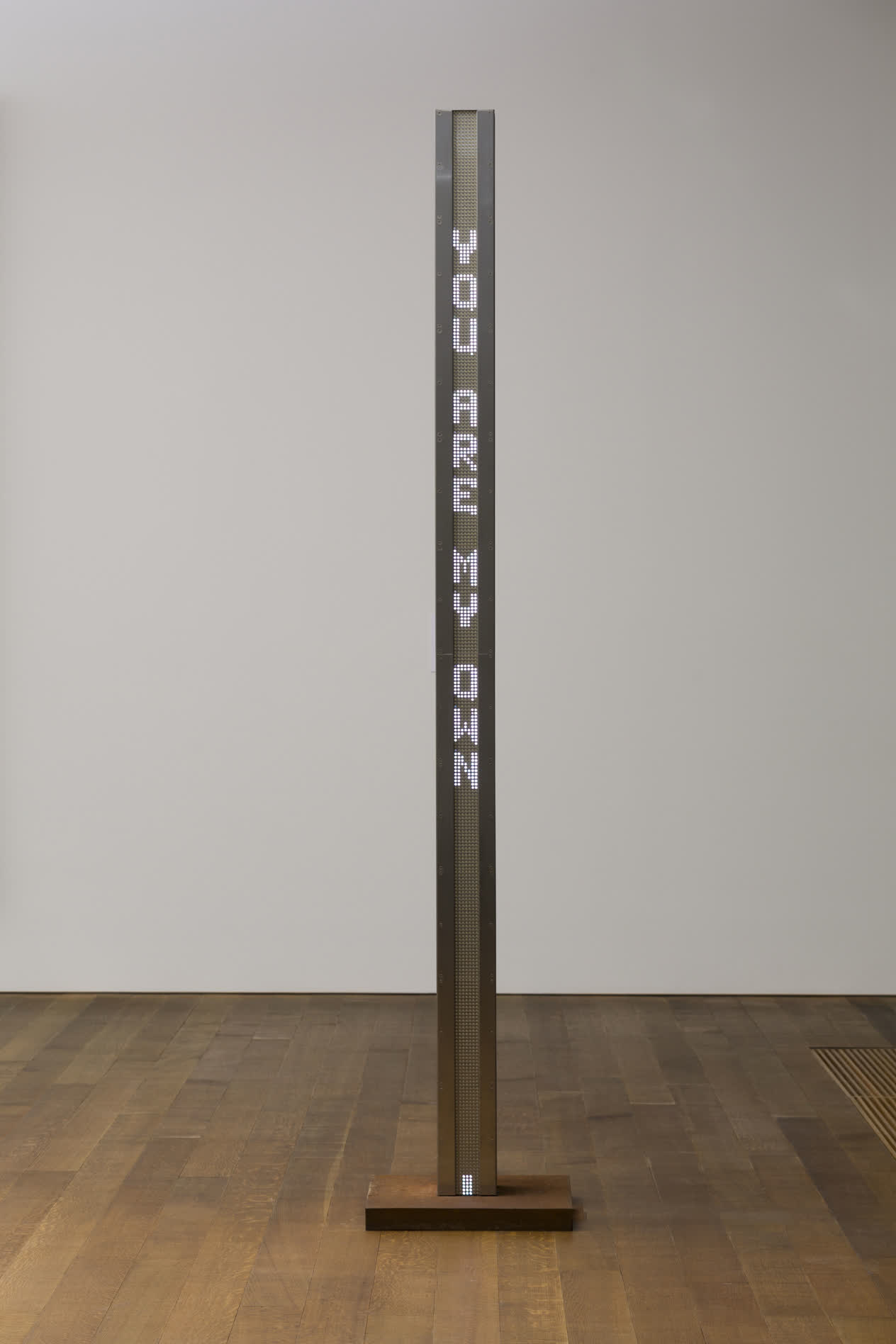Tim Rollins and K.O.S. Amerika the Stoker 1993–94

© Tim Rollins and K.O.S. Courtesy Studio K.O.S., Lehmann Maupin, New York, Hong Kong, and Seoul

The work of the collective Tim Rollins and K.O.S. (Kids of Survival) represents a seminal contribution to the development of contemporary socially engaged artistic practices. Rollins carried this politically minded approach into the realm of art education when he was hired at Intermediate School 52, a junior high school in the South Bronx, to develop a special education curriculum for students with learning disabilities. Approximately eight years later, Rollins transitioned his efforts into an independent afterschool program called the Art and Knowledge Workshop. The original members of this workshop soon renamed themselves the Kids of Survival.
Working from classic works of literature, Rollins conducted his classes in the form of extended periods of quiet study and discussion followed by hands-on sessions dedicated to brainstorming, sketching, and experimentation with various materials. Rollins’s “kids” eventually hit on the idea of isolating evocative motifs from each story and rendering them on top of collaged pages cut out of the same books from which they are drawn.
Amerika the Stoker references Tim Rollins and K.O.S.’s earliest and most recognizable series, Amerika (1984–89). Based on Franz Kafka’s canonical first novel (whose first chapter is titled “The Stoker”), it was this series that catapulted the collective to art world stardom in the late 1980s. Published posthumously in 1927, Kafka’s Amerika revolves around a young immigrant to the United States who struggles to navigate an oppressive bureaucratic system lorded over by shadowy authoritarian figures. This storyline encapsulates the Czech author’s central theme of modern alienation, yet here this alienation is layered with the sense of cultural displacement that often accompanies immigration. The repetitive golden horn motif that recurs in the Amerika series relates to the surreal culminating scene of Kafka’s novel, in which the protagonist encounters hundreds of hovering female angels playing gilded trumpets.
Identification
Title
Amerika the Stoker
Production Date
1993–94
Object Number
2018.011
Credit Line
Collection Pérez Art Museum Miami, museum purchase with funds provided by PAMM’s Collectors Council
Copyright
© Tim Rollins and K.O.S. Courtesy Studio K.O.S., Lehmann Maupin, New York, Hong Kong, and Seoul
https://www.pamm.org/en/artwork/2018.011
Copy artwork link
Physical Qualities
Medium
Acrylic on book pages on linen
Dimensions
66 x 90 x 2 1/4 inches
Visual Description
Amerika the Stoker, by Tim Rollins + K.O.S. (Kids of Survival) is a large, rectangular artwork, around five and a half feet tall, and seven and a half feet wide. It is an acrylic painting layered on top of book pages collaged on stretched linen. The artwork is shown in a landscape orientation, so that the longer, seven-foot side, runs parallel to the gallery floor.
Amerika the Stoker displays a crowded jumble of various shapes and objects painted on dozens of individual pages of Franz Kafka’s book, Amerika. Some of these shapes are recognizable as horns, wheels, or ladders, while others are more random and abstract. The large, random assortment of objects are all painted with gold, metallic paint, and the book pages are a worn, faded yellow, probably torn from an old copy of the book they came from. This gives the entire artwork a golden, but dulled look, like the that of an old trumpet or trombone.
The book pages are arranged in a neat arrangement of nine rows and eighteen columns. The book pages cover the entire surface of the linen frame, creating a rectangular grid of one hundred and sixty-two pages. Up close, the small printed words and paragraphs are legible, but from far way, they melt into the faded yellow pages that form this painting’s background.
The majority of the shapes painted in gold look like a cross between the rounded lobes of a coral reef and the circular opening of a trumpet or another brass instrument. Rollins and his collaborators painted these circular shapes as black disks, and they extend from the edges and tips of the golden shapes that cover the entire surface of this collaged artwork. For example, in the center, there is a ladder that curves upward toward the top of the painting. Past the top rung, the left and right rails of the ladder widen out to form these telltale black disks.
In the lower right of the painting is a cart wheel with eight spokes, also painted in gold with black holes in and around it. In the upper right, some of the abstract gold shapes resemble palm fronds, with a central spine with “leaves” projecting on either side. Crisscrossing the entire painting are thin golden shapes, like tentacles or vines, that also end in the same black holes seen throughout this artwork.






